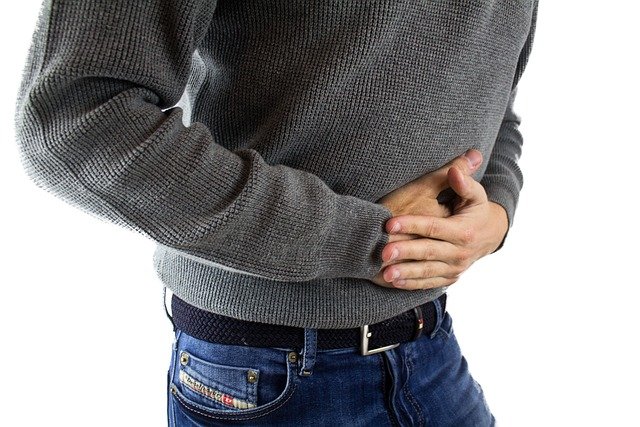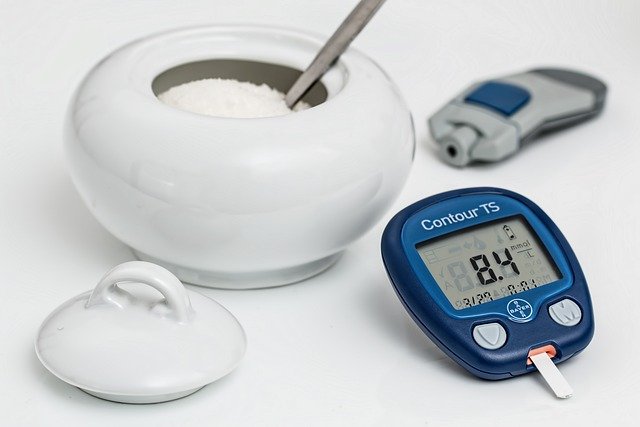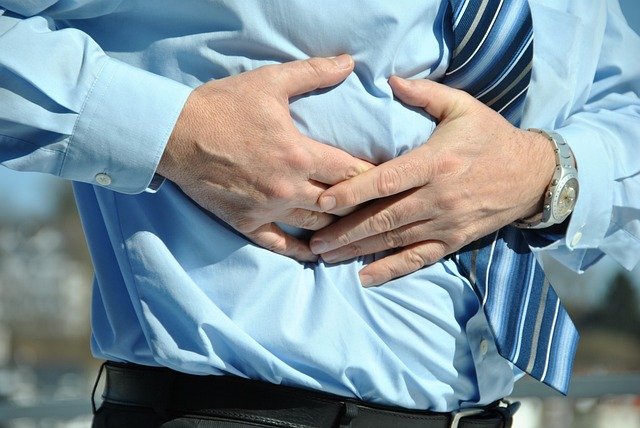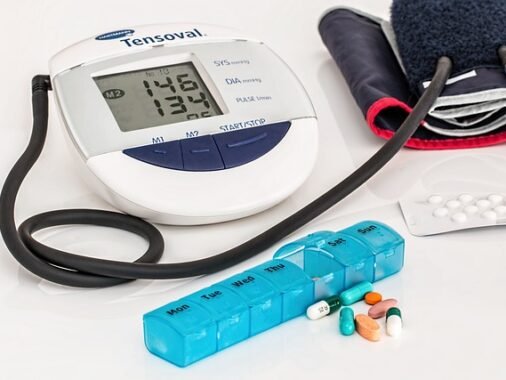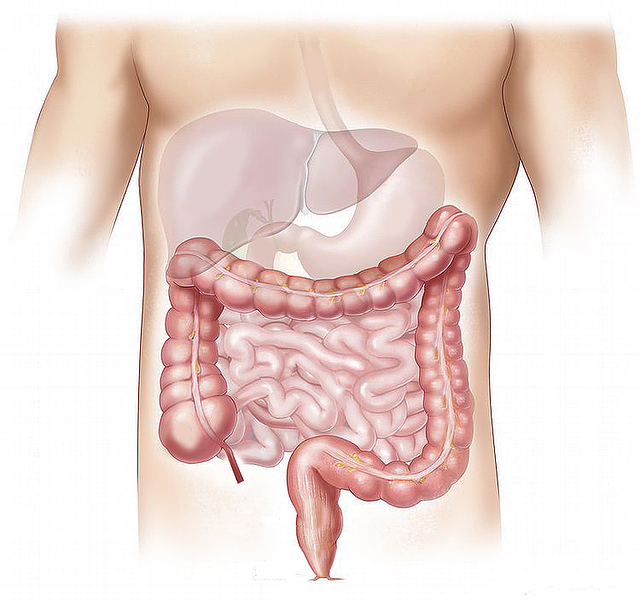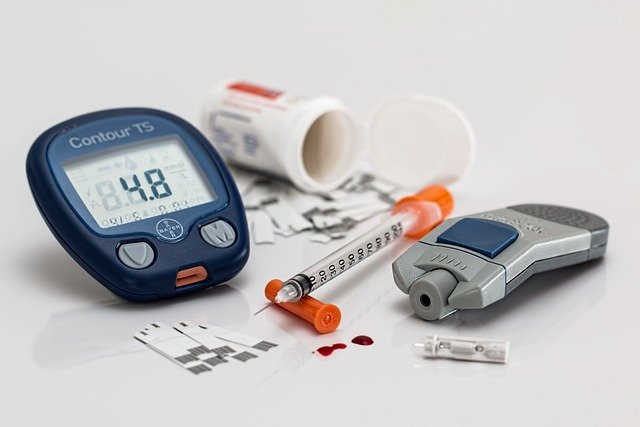MiraLAX is an over-the-counter medication used to treat occasional constipation. The active ingredient in MiraLAX is Polyethylene Glycol 3350, which is an osmotic laxative. Here’s how it works and some key information about it:
How MiraLAX Works:
- Mechanism: MiraLAX works by drawing water into the colon from surrounding body tissues. This increase in water content softens the stool, making it easier to pass.
- Effectiveness: It typically produces a bowel movement within one to three days of taking the medication.
Usage:
- Dosage: The usual dose is 17 grams of powder (about one heaping tablespoon) dissolved in 4-8 ounces of a beverage such as water, juice, soda, coffee, or tea.
- Administration: It can be taken once daily and can be mixed with any liquid.
Safety and Side Effects:
- Common Side Effects: Some people may experience bloating, gas, nausea, or diarrhea.
- Long-term Use: While MiraLAX is generally considered safe for short-term use, long-term use should be discussed with a healthcare provider to avoid potential dependency or other health issues.
Precautions:
- Hydration: It’s important to stay well-hydrated while using MiraLAX to help its effectiveness and prevent dehydration.
- Consultation: Always consult with a healthcare provider before starting MiraLAX, especially if you have underlying health conditions or are taking other medications.
MiraLAX is widely used due to its effectiveness and ease of use, making it a popular choice for relieving occasional constipation.
20 foods to avoid while taking Miralax
When taking MiraLAX, it’s essential to follow dietary guidelines that support digestive health and prevent constipation. While there aren’t specific foods that are strictly prohibited, some foods can exacerbate constipation or interfere with MiraLAX’s effectiveness. Here are 20 foods to avoid or limit:
- Processed Foods: These often contain low fiber and high preservatives.
- Fast Food: High in fat and low in fiber, which can slow digestion.
- White Bread: Lacks fiber compared to whole grain alternatives.
- Pastries and Cakes: High in sugar and fat, low in fiber.
- Chips and Crackers: Typically low in fiber and high in fat and salt.
- Red Meat: Can be tough to digest and low in fiber.
- Cheese: High in fat and can contribute to constipation.
- Ice Cream: High in sugar and fat, low in fiber.
- Fried Foods: High in fat, which can slow digestion.
- Pizza: Often high in fat and low in fiber.
- Processed Meats: Such as sausages and hot dogs, which can be low in fiber.
- Candy: High in sugar, which can affect digestion.
- Sugary Cereals: Low in fiber and high in sugar.
- Carbonated Drinks: Can cause bloating and gas.
- Alcohol: Can lead to dehydration, which can worsen constipation.
- Coffee: In excess, it can dehydrate and potentially cause digestive issues.
- Chocolate: Can contribute to constipation in some people.
- Potato Chips: Low in fiber and high in fat and salt.
- White Rice: Lower in fiber compared to brown rice.
- Instant Noodles: Often low in fiber and high in sodium.
Tips for Better Results with MiraLAX:
- Increase Fiber Intake: Eat more fruits, vegetables, whole grains, and legumes.
- Stay Hydrated: Drink plenty of water to help MiraLAX work effectively.
- Regular Exercise: Physical activity can help promote regular bowel movements.
By avoiding these foods and following these tips, you can support the effectiveness of MiraLAX and maintain better digestive health. Always consult with a healthcare provider for personalized dietary advice.
FAQs:
MiraLAX is an osmotic laxative that works by drawing water into the colon to soften the stool and stimulate bowel movements.
You should not use MiraLAX if you have a bowel obstruction, intestinal blockage, or allergic reactions to polyethylene glycol. Always consult a healthcare provider if you have any underlying health conditions.
Avoid low-fiber and high-fat foods such as processed foods, red meat, cheese, and fast food, as these can contribute to constipation and counteract MiraLAX’s effectiveness.
MiraLAX helps to produce bowel movements and can relieve constipation, but it may not completely empty your bowels as a bowel prep solution would.
Yes, MiraLAX helps soften hard stools by drawing water into the intestines, making them easier to pass.
If you are not pooping after taking MiraLAX, it could be due to insufficient water intake, inadequate dosage, or severe constipation. Consult a healthcare provider if you do not have a bowel movement within a few days.

